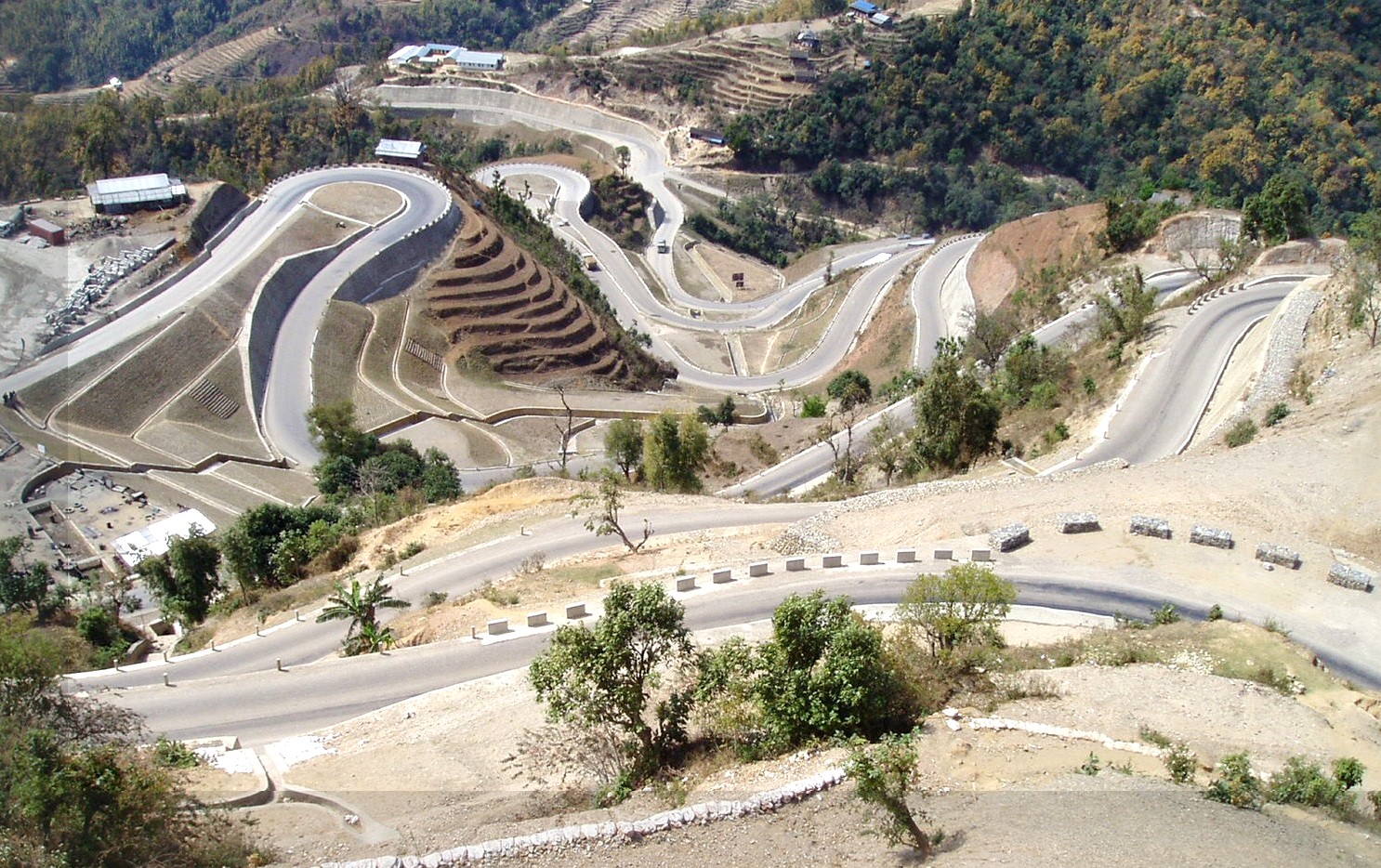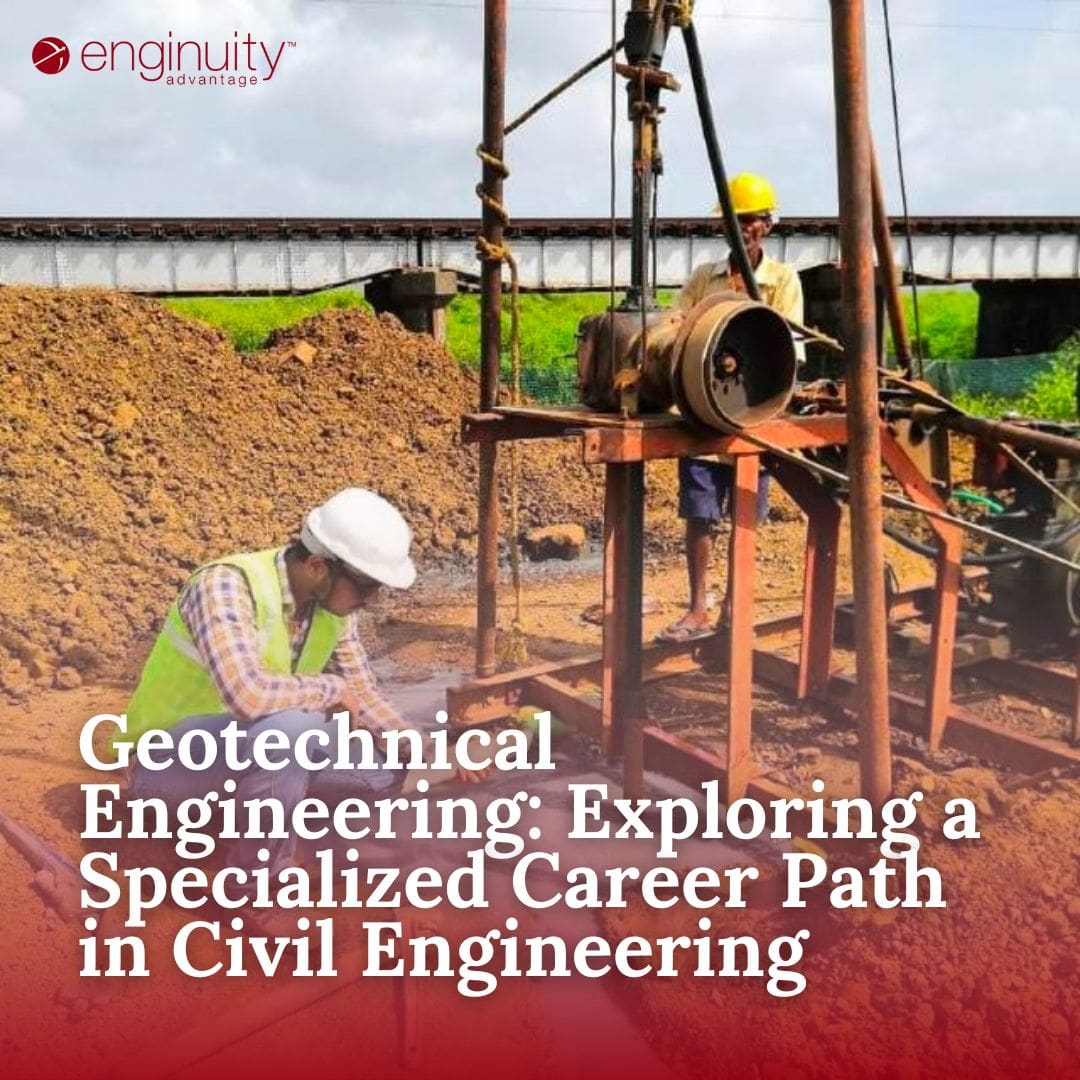Engineer of Record: What You Need to Learn About Their Responsibilities and Influence
Engineer of Record: What You Need to Learn About Their Responsibilities and Influence
Blog Article
The Interdisciplinary Approaches in the Geotechnical Industry: Linking the Space Between Design, Geology, and Environmental Science for Ideal Job Results
The integration of design, geology, and environmental science within the geotechnical industry is not merely advantageous; it is necessary for attaining optimum project outcomes. What approaches might emerge to promote this vital partnership and enhance the efficacy of geotechnical practices?
Importance of Interdisciplinary Collaboration
The value of interdisciplinary cooperation in the geotechnical sector can not be overstated. Reliable geotechnical jobs need the integration of varied know-how from various areas, consisting of engineering, geology, and ecological scientific research. This cooperation makes certain that all facets of a project are considered, leading to thorough services that address intricate obstacles.
Interdisciplinary collaboration cultivates development by making it possible for experts to share understandings and techniques that might not be noticeable when operating in seclusion (engineer of record). By leveraging the strengths of multiple disciplines, groups can identify potential dangers, optimize style processes, and enhance the sustainability of geotechnical tasks. Such collaboration promotes a holistic understanding of site-specific conditions, which is crucial for accurate evaluation and decision-making.
The complexity of geotechnical tasks necessitates a collaborated method to analytical. Inevitably, interdisciplinary partnership is vital for advancing best methods and attaining excellence in the geotechnical market.
Key Roles of Each Self-control
Cooperation among different disciplines is not just useful; it is vital for the effective implementation of geotechnical projects. Each technique-- engineering, geology, and ecological scientific research-- plays a distinct yet interconnected function that adds to predict effectiveness and sustainability.
Geotechnical designers are mostly responsible for developing structures and ensuring architectural integrity. They examine dirt and rock buildings to examine load-bearing capabilities, supplying crucial data for risk-free construction techniques. Their expertise makes it possible for the formulation of innovative solutions to intricate obstacles.

Ecological scientists analyze the potential impacts of building and construction on ecosystems and water resources. They carry out ecological assessments and establish mitigation strategies to lessen adverse effects. By integrating ecological factors to consider, they ensure compliance with guidelines and advertise sustainability throughout the task lifecycle.
Instance Studies of Successful Integration
Effective assimilation of geotechnical techniques can be exhibited through different study that highlight the performance of synergy in addressing complicated design obstacles. One remarkable example is the building of the Hong Kong-- Zhuhai-- Macau Bridge, where a collective technique involving geotechnical engineering, geology, and environmental science was critical. Rock hounds and engineers operated in unison to examine the seabed conditions and optimize the foundation layout, making certain security and minimizing ecological influence.
Another impactful case is the enhancement of slope stability in the San Francisco Bay Location, where an interdisciplinary team incorporated geotechnical evaluation with ecological assessments. By incorporating hydrological studies and geological surveys, the team properly recognized potential landslide dangers and applied reliable mitigation measures, enhancing safety and security and sustainability.
Additionally, the redevelopment of Brownfield websites frequently requires a multidisciplinary method. In one case in Chicago, cooperation among geotechnical designers, ecological scientists, and metropolitan planners caused the successful removal of contaminated soil, enabling the secure improvement of the site right into a neighborhood park. These study show that interdisciplinary collaboration not wikipedia reference only addresses technological challenges however additionally cultivates innovative options that profit both tasks and communities.
Challenges in Multidisciplinary Projects

Moreover, coordinating timetables and workflows amongst numerous teams can be problematic, specifically when each discipline has distinct project turning points and deliverables. This imbalance can lead to delays and enhanced prices. The obstacle of source allocation additionally looms big; guaranteeing that customized proficiency is available at important points requires mindful preparation and insight.
Lastly, regulative conformity poses one more significant obstacle. Each self-control might face different regulatory frameworks, and lining up these requirements to meet task goals can be lengthy and intricate. Resolving these obstacles necessitates solid leadership and efficient communication approaches to promote partnership and make sure that multidisciplinary teams work cohesively in the direction of shared goals.
Future Trends in Geotechnical Practices
As the geotechnical sector progresses, arising trends are reshaping techniques to attend to the challenges dealt with in multidisciplinary tasks - engineer of record. One substantial pattern is the raised combination of sophisticated modern technologies, such as expert system and machine discovering, into geotechnical evaluation and style. These technologies improve anticipating modeling and danger evaluation, allowing engineers to make more enlightened choices throughout the project lifecycle

Moreover, the adoption of digital doubles and real-time monitoring systems is becoming much more prevalent. These tools help with continuous assessment of soil problems and architectural efficiency, allowing for prompt treatments when concerns occur.
Conclusion
In verdict, the combination of design, geology, and ecological science is vital for accomplishing ideal outcomes in the geotechnical sector. Interdisciplinary cooperation fosters technology, enhances problem-solving capabilities, and aligns technological needs with ecological sustainability. Effective situation studies show the advantages of this approach, while acknowledging the obstacles faced in multidisciplinary jobs. Looking ahead, accepting these collaborative go techniques will be vital for navigating future fads and advancing the field of geotechnical engineering.
The integration of engineering, geology, and ecological science within the geotechnical market is not just advantageous; it is crucial for achieving optimum project results. Effective geotechnical projects call for the assimilation of varied proficiency from different areas, including design, geology, and ecological science.Navigating the complexities of multidisciplinary jobs in go now the geotechnical sector provides several substantial difficulties.As the geotechnical industry progresses, emerging trends are improving techniques to deal with the obstacles faced in multidisciplinary projects. Geotechnical engineers are progressively teaming up with environmental scientists to ensure that tasks align with sustainability goals and comply with governing needs.
Report this page